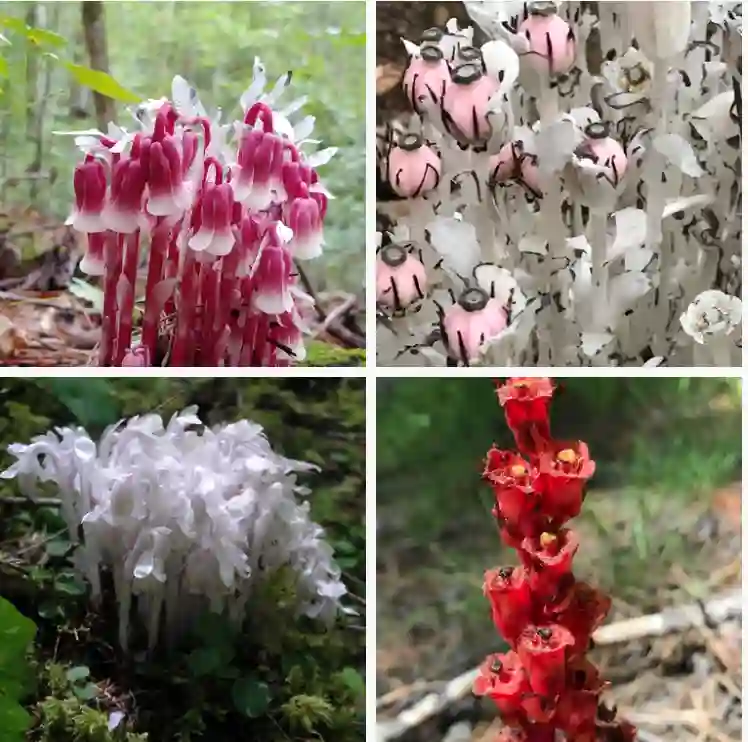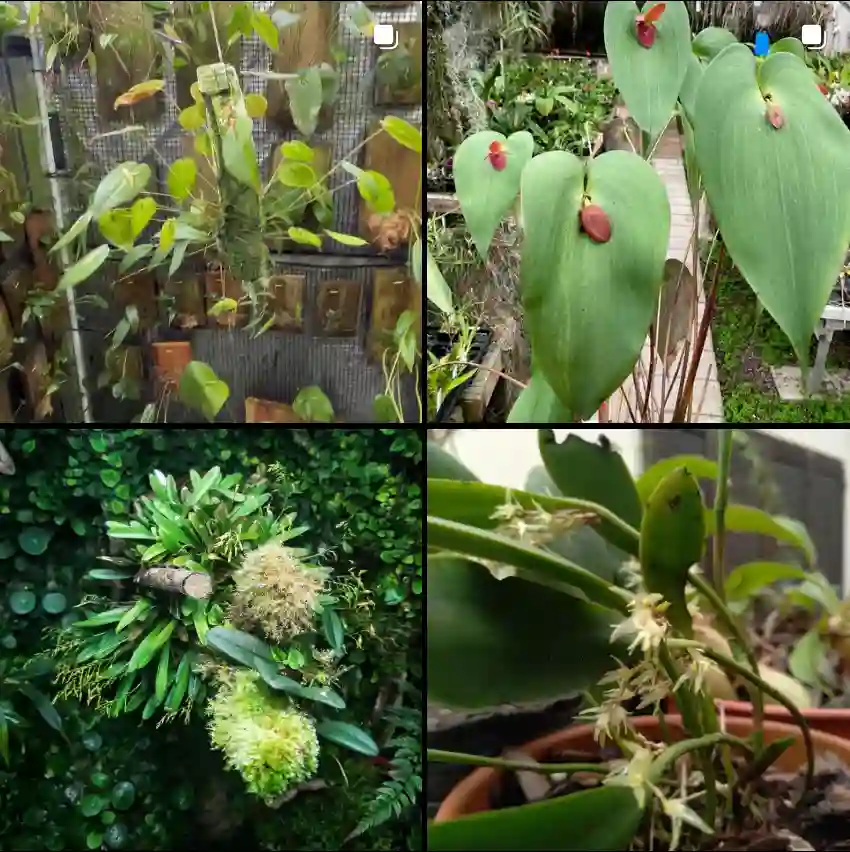January 1 – Morina “If you were born on January 1, Morina, the spiky yet graceful beauty, represents you.” Morina thrives in rocky terrains, showcasing resilience and adaptability. You are someone who stands tall in the face of adversity, your sharp wit and graceful demeanor drawing admiration. Like this plant's unique blooms, you bring color and charm to any environment.
Morina: A Plant Genus with Character
My name is Ferb Vu, and I’ve always been drawn to plants that possess a unique charm, those that stand out from the crowd with intriguing features and captivating stories. The genus Morina perfectly embodies this allure. These aren’t your typical garden-variety flowers; they possess a rugged beauty and an air of mystery that sets them apart. Imagine a plant with spiky leaves, whorls of tubular flowers that shift in color, and a history that spans continents – that’s Morina in a nutshell.
Discovering the Allure of Morina
My fascination with Morina began with a chance encounter at a local botanical garden. Nestled amongst the more common perennials, a cluster of Morina longifolia caught my eye. Their tall stems, adorned with fragrant, white flowers that gradually deepened to pink and then crimson, were simply mesmerizing. The whorled arrangement of the blossoms, reminiscent of a pagoda, added to their architectural elegance. Intrigued, I delved into the world of Morina, eager to learn more about this captivating genus.
Morina is a member of the Caprifoliaceae family, which includes familiar plants like honeysuckle and viburnum. However, Morina distinguishes itself with its distinctive characteristics. The genus comprises around 14 species, all native to Eurasia, with a distribution stretching from southeastern Europe across Central Asia to the Himalayas and beyond. They thrive in diverse habitats, from rocky slopes and alpine meadows to open woodlands, showcasing their adaptability and resilience.
A Diverse and Hardy Genus
One of the aspects that I find most appealing about Morina is the diversity within the genus. Each species boasts its own unique set of characteristics, offering a range of colors, forms, and fragrances. Here are:
- Morina longifolia: This Himalayan native is perhaps the most well-known species, admired for its tall stature, fragrant white flowers that age to rose and crimson, and prickly foliage.
- Morina persica: Hailing from Iran and Turkey, this species features pale pink or lilac flowers and spiny leaves, creating a striking contrast.
- Morina coulteriana: Native to the Himalayas, this species displays whorls of white or pale yellow flowers with long, protruding stamens, lending a delicate touch to its robust form.
- Morina alba Hand.-Mazz.
- Morina bracteata C.Y.Cheng & H.B.Chen
- Morina chinensis Y.Y.Pai
- Morina chlorantha Diels
- Morina kokanica Regel
- Morina kokonorica K.S.Hao
- Morina ludlowii (M.J.Cannon) D.Y.Hong
- Morina nepalensis D.Don
- Morina parviflora Kar. & Kir.
- Morina polyphylla Wall. ex DC.
- Morina subinermis Boiss.
The Challenges and Rewards of Cultivating Morina
Cultivating Morina can be a rewarding, albeit sometimes challenging, endeavor. These plants generally prefer well-drained soil and full sun to partial shade. They are relatively drought-tolerant once established, but adequate moisture is crucial during their initial growth phase. Some species, particularly those from high altitudes, may require winter protection in colder climates.
One of the keys to success with Morina is patience. These plants are often slow to establish, sometimes taking several years to reach their full potential. However, the wait is well worth it when you’re finally rewarded with their unique beauty and captivating fragrance.
More Than Just a Pretty Face
Beyond their ornamental value, Morina species have also played a role in traditional medicine in some cultures. For example, Morina longifolia has been used in Himalayan regions to treat ailments such as coughs, wounds, and inflammation. While further research is needed to fully understand their medicinal properties, these traditional uses hint at the potential benefits hidden within this fascinating genus.
A Continued Fascination
My journey with Morina is far from over. I’m eager to continue exploring the lesser-known species, experimenting with different cultivation techniques, and perhaps even attempting to propagate them from seed. The allure of these plants lies not only in their beauty but also in the sense of discovery and connection they offer. Each new bloom, each subtle variation in color or form, deepens my appreciation for the intricate world of Morina.
If you’re looking for a plant that’s both beautiful and unique, I highly recommend giving Morina a try. These resilient and captivating plants will add a touch of wild elegance to any garden, while also providing a fascinating glimpse into the diverse world of botany.
If i die, water my plants!



